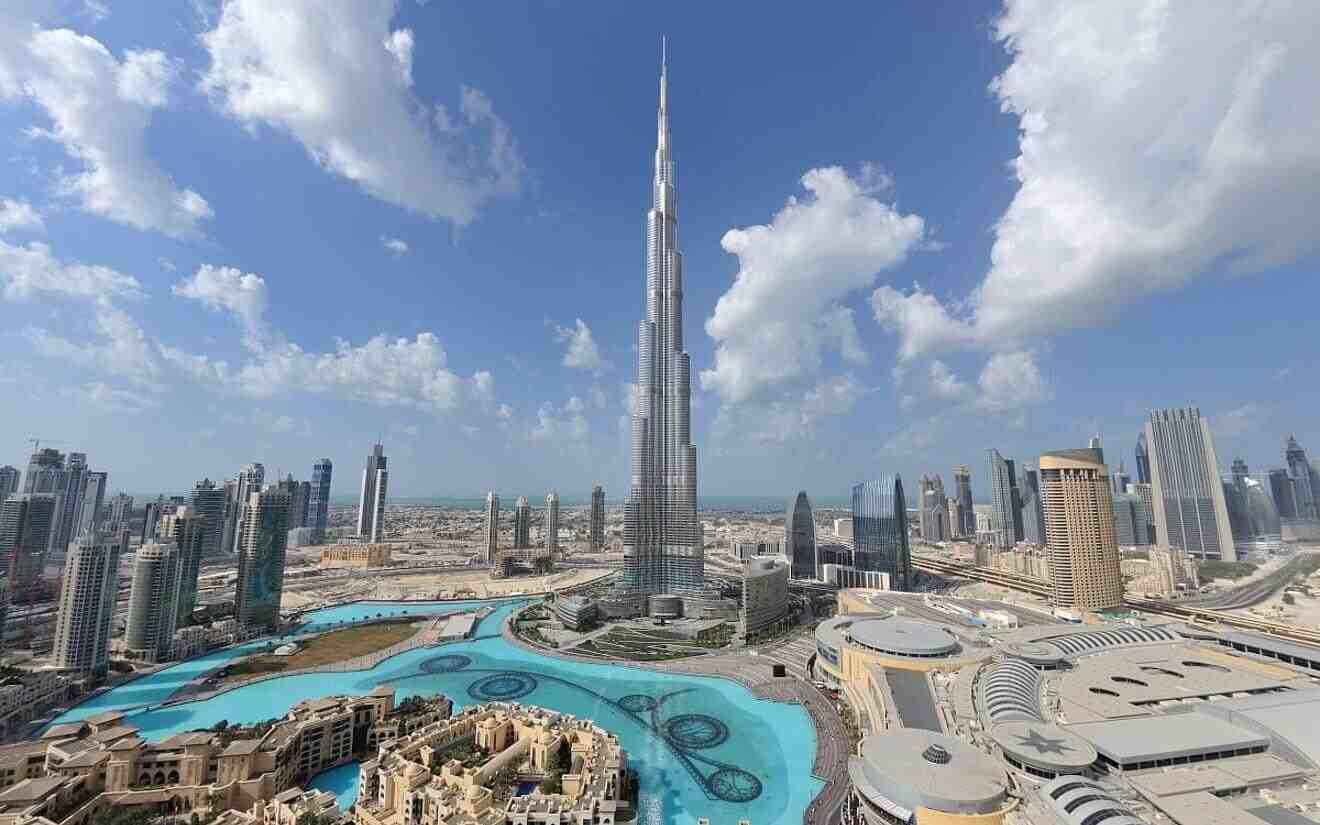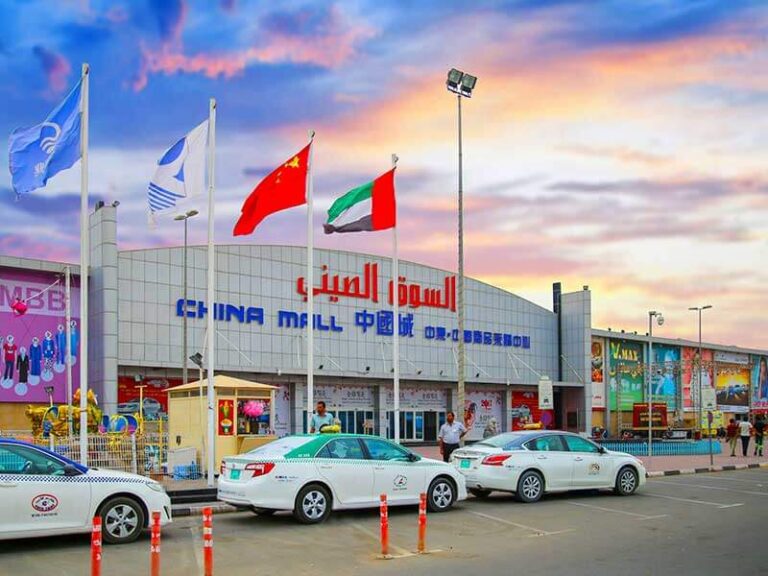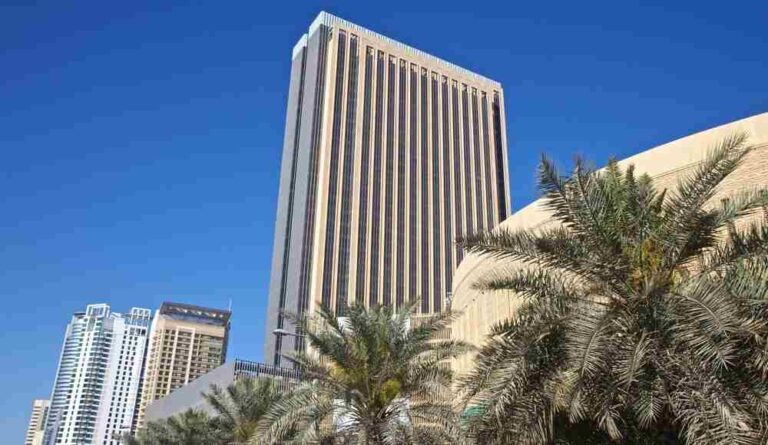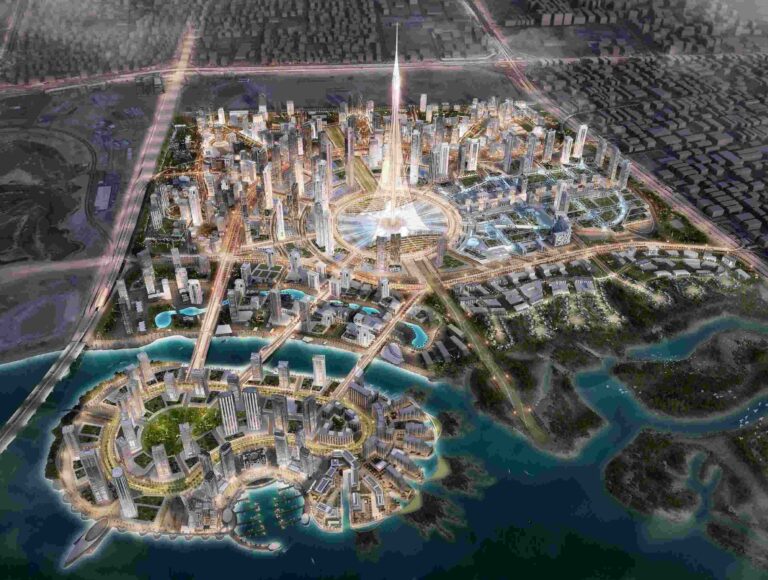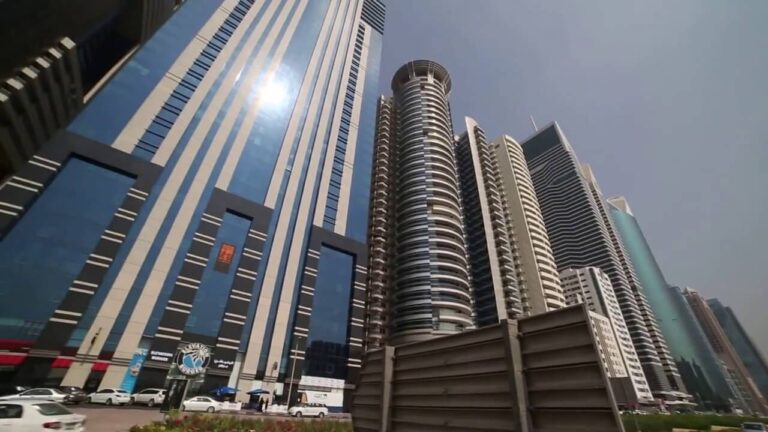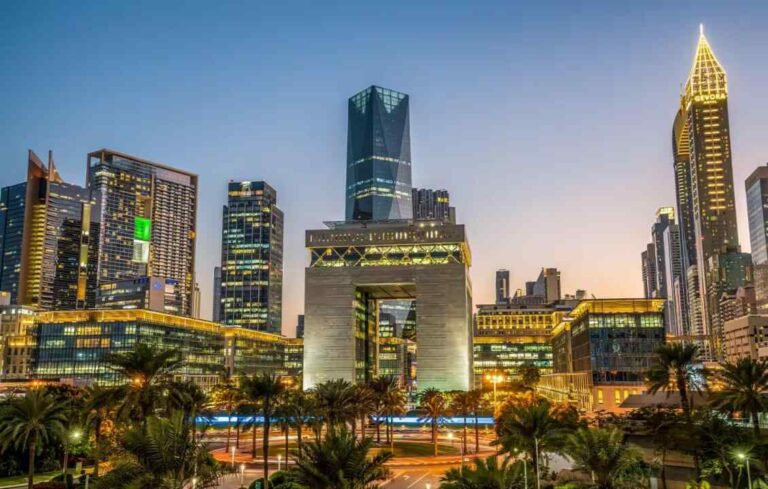Burj Khalifa Dubai: Reaching for the Sky in the Heart of the UAE
When you look up from the streets of Downtown Dubai, there’s one structure that quite literally towers over everything else—the awe-inspiring Burj Khalifa. Piercing the desert sky at a staggering 828 meters (2,717 feet), this architectural marvel is not just the tallest building in the world—it’s a global icon of ambition, innovation, and ultra-modern urban planning.
The Story Behind the World’s Tallest Building
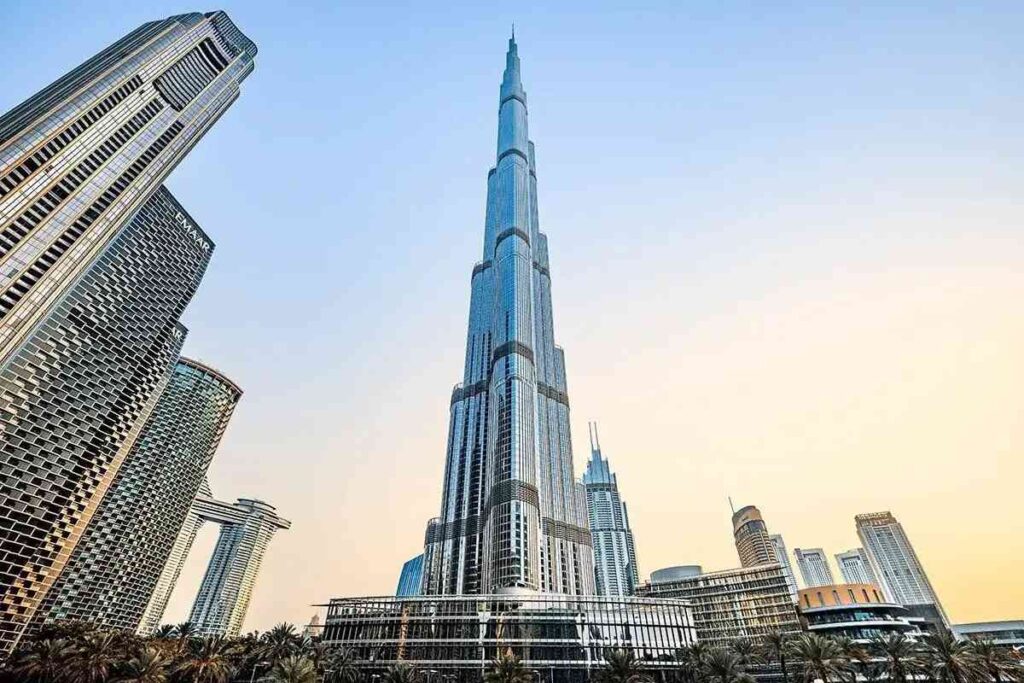
Initially named Burj Dubai, the tower was renamed Burj Khalifa in honor of Sheikh Khalifa bin Zayed Al Nahyan, the late President of the United Arab Emirates, whose financial support helped rescue the project during the 2008 financial crisis. Developed by Emaar Properties and opened to the public in January 2010, this megatall skyscraper quickly shattered not one but over a dozen world records, redefining what’s possible in modern construction.
The Vision and Design
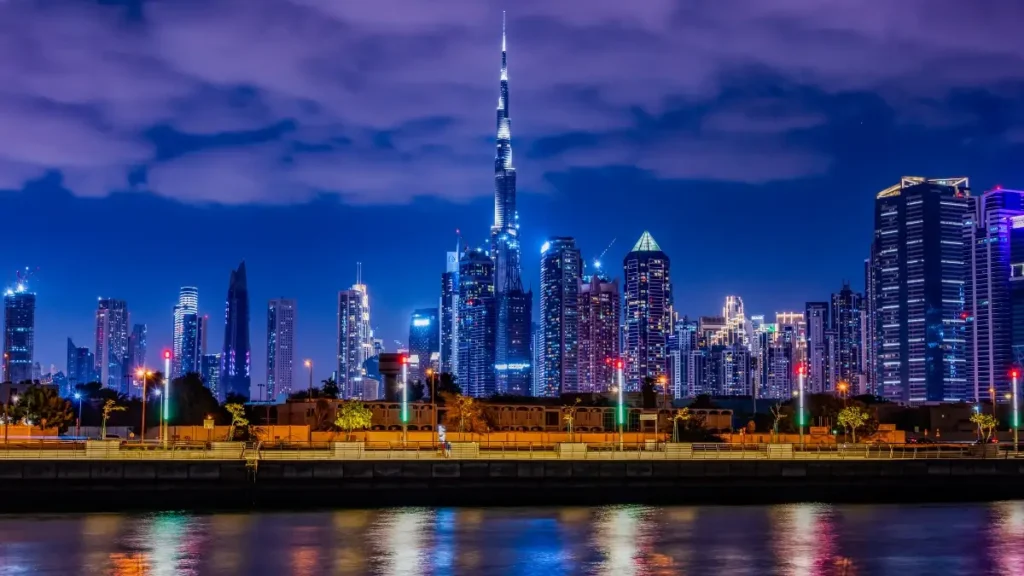
The design of Burj Khalifa draws heavily from Islamic architecture, particularly the spiral minarets like that of the Great Mosque of Samarra. The structure features a Y-shaped floor plan inspired by the Hymenocallis flower, which allows for optimized views, wind resistance, and residential privacy. Its modular design ensures the tower tapers gracefully as it rises, reducing wind loads and making it structurally sound.
This “buttressed core” system, conceptualized by Adrian Smith and structurally engineered by Bill Baker of Skidmore, Owings & Merrill, is what makes the building’s extraordinary height achievable. Supporting this structure is a robust base—a 13-foot-thick concrete mat resting on deep piles drilled into the desert subsoil.
Materials, Technology, and Engineering
Burj Khalifa’s cladding features over 26,000 hand-cut glass panels, reinforced with aluminum and stainless steel to withstand Dubai’s intense desert heat. The facade not only offers thermal insulation but also shimmers with solar-reflective brilliance.
The tower includes:
- 57 elevators and 8 escalators, including double-deck lifts that zoom up at 10 m/s.
- A state-of-the-art air conditioning system that recycles cool air from upper floors.
- A condensate collection system that irrigates the lush Burj Park below.
- Over 120,000 square meters of glass windows, cleaned by specially designed robotic cradles and maintenance units.
More Than Just a Skyscraper
The Burj Khalifa is a vertical city. It houses:
- The luxurious Armani Hotel Dubai, occupying 15 floors.
- Over 900 residential apartments.
- Elite corporate suites.
- Fine dining venues including the world’s highest restaurant, Atmosphere on the 122nd floor.
- Observation decks on the 124th, 125th, and 148th floors.
- The Lounge—the world’s highest lounge at 585 meters above ground.
All of these amenities are seamlessly integrated into a lifestyle ecosystem that promotes work, leisure, and wellness at stratospheric heights.
The Dubai Fountain & Surrounding Attractions
At the base of the tower lies the world-renowned Dubai Fountain, designed by WET Enterprises. Set on the 30-acre Burj Lake, it performs dazzling water shows choreographed to music and light.
A short walk away, you’ll find:
- Dubai Opera: A stunning architectural gem and cultural hub.
- Sky Views Observatory: A thrilling glass bridge experience at dizzying heights.
- Dubai Mall: The world’s most visited retail and lifestyle destination.
Explore our services to book curated tours and transportation to these top attractions from anywhere in Dubai.
A Symbol of Post-Oil Urban Evolution
Burj Khalifa is more than a monument to engineering—it’s a symbol of economic diversification. The UAE’s strategic shift from oil dependency to a service- and tourism-driven economy is embodied in this structure. It’s a marketing magnet that has successfully placed Dubai on the global stage.
As Jacqui Josephson, former VIP executive at Nakheel, said, “He (Sheikh Mohammed bin Rashid Al Maktoum) wanted to put Dubai on the map with something really sensational.” And that vision has undeniably become reality.
FAQs About Burj Khalifa
How many floors does the Burj Khalifa have?
The tower has 163 habitable floors, with additional mechanical levels and observation decks reaching up to 148 floors.
How much is the entry fee for Burj Khalifa?
Tickets start from AED 169 for the 124th floor. VIP experiences for the 148th floor and The Lounge cost more. You can book discounted tickets via TheDubaiWeb.com.
What makes Burj Khalifa special?
It’s the world’s tallest building, boasting record-breaking features like the highest observation deck, the tallest restaurant, and an innovative architectural design.
Can you visit Burj Khalifa for free?
While you can explore the surroundings and enjoy views from outside for free, access to observation decks and interiors requires a ticket.
Who owns Burj Khalifa?
The tower is developed and owned by Emaar Properties, a leading real estate company in the UAE.
What is the tallest building in the world?
As of 2025, Burj Khalifa retains the title of the tallest building in the world at 828 meters (2,717 feet).
Experience Burj Khalifa with TheDubaiWeb.com
At TheDubaiWeb.com, we offer curated travel experiences, transportation solutions, and exclusive insights into Dubai’s most iconic landmarks. Whether you’re planning a luxury stay, a sightseeing tour, or a photography expedition, we’ve got you covered.
- Ramadan Start Date 2026: Complete UAE Guide to Dates, Moon Sighting, Timings, and What to Expect - January 4, 2026
- Ramadan in Dubai 2026: A Complete, Cultural, and Practical Guide for Residents and Visitors - January 4, 2026
- UAE Public Holidays 2026, UAE — Your Complete Guide to Days Off and Long Weekends - January 3, 2026

